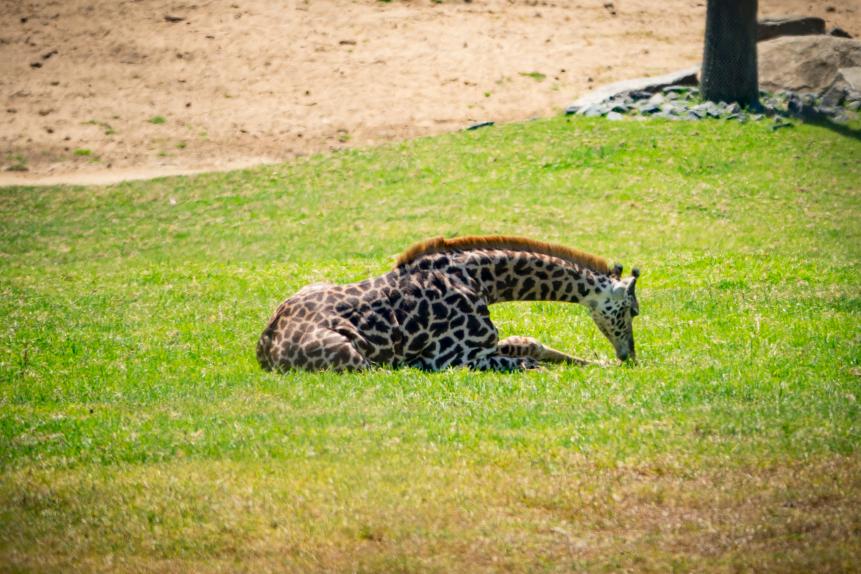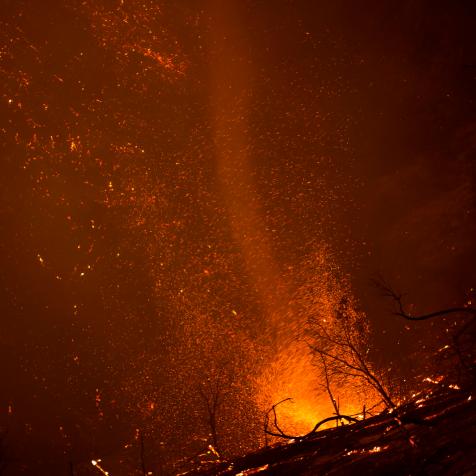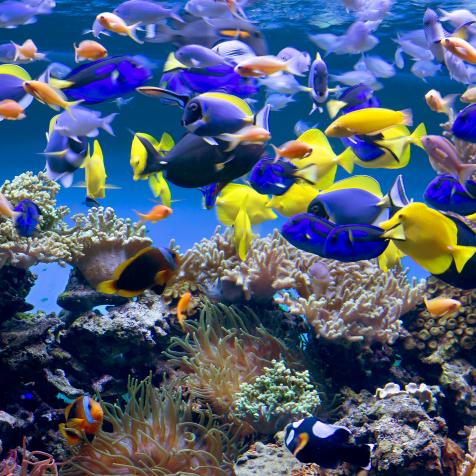
Take a Safari at Home
The San Diego Zoo is streaming some of their awesome animals-- LIVE!
Daydreaming of outdoor adventure? You can still go on a trip around the world! As seen on Animal Planet's THE ZOO, the San Diego Zoo, voted number one zoo in the world, is streaming LIVE from California!
Like many other destinations, the San Diego Zoo has made the decision to close temporarily to protect the public, but the animals that call the zoo home are still running, jumping, eating, and playing!
You can virtually travel to the rocks of "Africa" to check out some playful baboons and penguins or even to one of the "poles" to come face to face with a Polar Bear! Loop around to "Australia" to check in on our cute Koala friends or jet north to "Asia" to see catch up with the apes.

Justin Bartels
Last but certainly not least is the San Diego Zoo Safari Park. Over 2,600 animals call the park home which spans across 300 species! Included in that big group are giraffes, tigers, condors, and many more! Just keep an eye on those live streams and you might see some other animals creep in--think elephants and rhinos!
So go ahead and take a journey to visit the amazing animals.


















